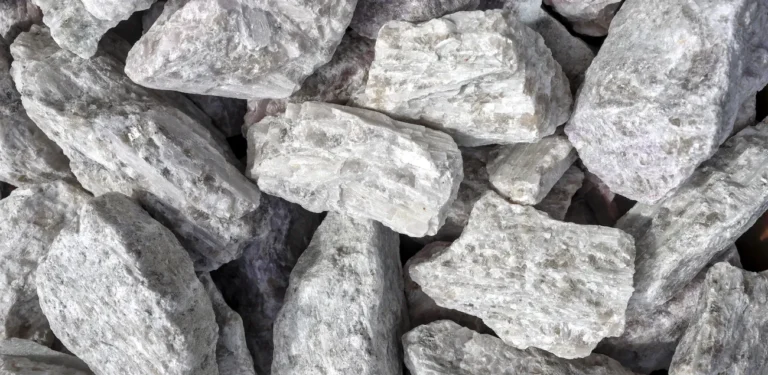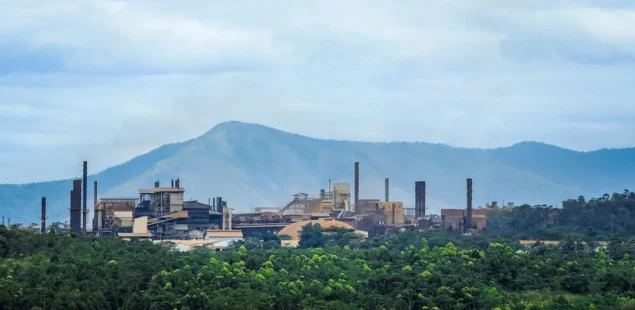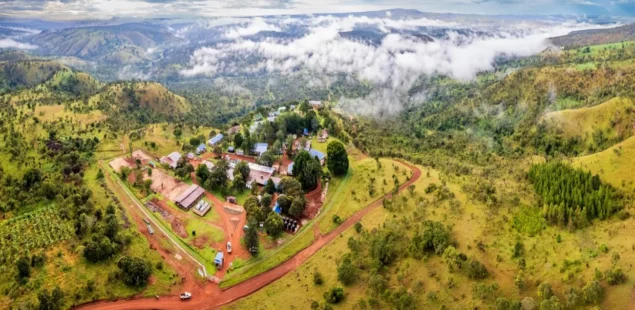
Codelco, the world’s largest copper producer, managed to lift its annual copper output in 2024 to 1.328 million metric tons, narrowly escaping a 25-year low. However, concerns from union workers and analysts cast doubt on whether the company’s methods are sustainable as it targets an ambitious annual output of 1.7 million metric tons by the end of the decade.
An internal document reviewed by Reuters revealed that Codelco’s 2024 production was just 3,500 tons higher than the previous year’s figures, which marked the lowest in a quarter-century. Workers and analysts attribute this increase to aggressive tactics such as shortened downtimes, altered shift schedules, and intensified production targets. Some maintenance activities were postponed to 2025, raising questions about long-term operational stability.
At the Chuquicamata mine, one of Codelco’s largest operations, workers reported heightened pressure in the latter half of 2024 to minimize routine stoppages. Maintenance on key infrastructure, such as conveyor belts, was delayed despite bottlenecks in ore transport. Scheduled maintenance for smelters at Chuquicamata and El Teniente—another significant mine—was also pushed back, with some work rescheduled for early 2025.
Codelco stated that planned maintenance at the Chuquicamata smelter occurred in December 2024, while work on the Caletones smelter at El Teniente began in January 2025 and is expected to continue through February. Maintenance at the Chuquicamata underground mine, involving around 1,000 personnel, is set for the second quarter of 2025.
Chairman Maximo Pacheco noted that Codelco’s December 2024 production reached 160,000 tons—its highest monthly total since 2019. Analysts believe this surge was achieved through aggressive inventory reductions, which will need replenishment in the near future. “Although it is normal for production to increase in December, we believe this huge jump can be attributed to a very aggressive reduction in inventories,” said Juan Carlos Guajardo, head of consultancy firm Plusmining.
Codelco’s larger projects, including Chuquicamata Underground and El Teniente, remain critical to achieving its long-term production goals. These projects have faced delays, construction errors, and accidents. Two new phases of El Teniente—Andesita and Andes Norte—have been delayed, with extraction now expected to begin in the first quarter of 2025.
Analysts also highlighted that much of Codelco’s 2024 output increase came from smaller sources, such as the Salvador mine, which added 2,800 tons in late 2024. Additionally, Codelco’s recent purchase of a 10% stake in Teck’s Quebrada Blanca mine is expected to bolster future production figures.
Despite annual investments of $4 to $4.5 billion, analysts question Codelco’s ability to offset mineral degradation at its aging facilities without accessing new mining areas. Cristian Cifuentes, an analyst at the Center for Copper Studies, noted ongoing challenges such as slower-than-expected ramp-ups at key sites. “You can see the difficulties when you add all these things together,” he said.
The road ahead for Codelco will require balancing immediate production targets with the sustainability of its operations and addressing structural issues at its flagship projects.



